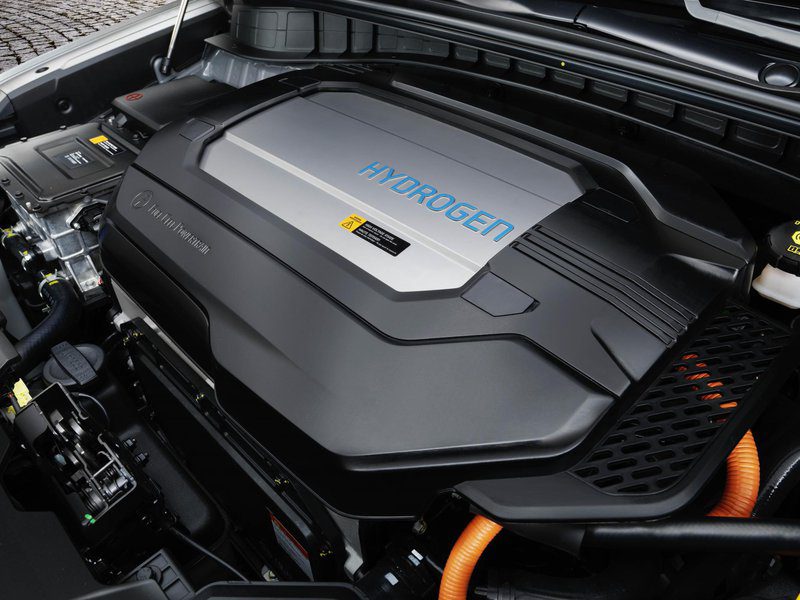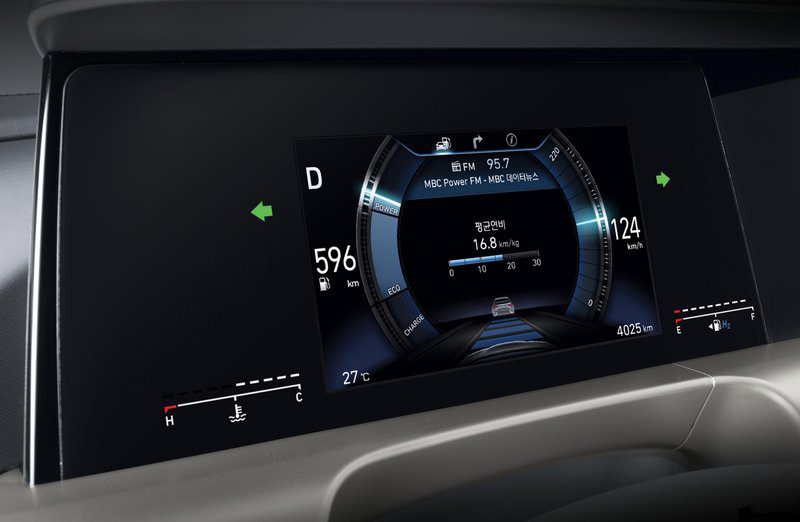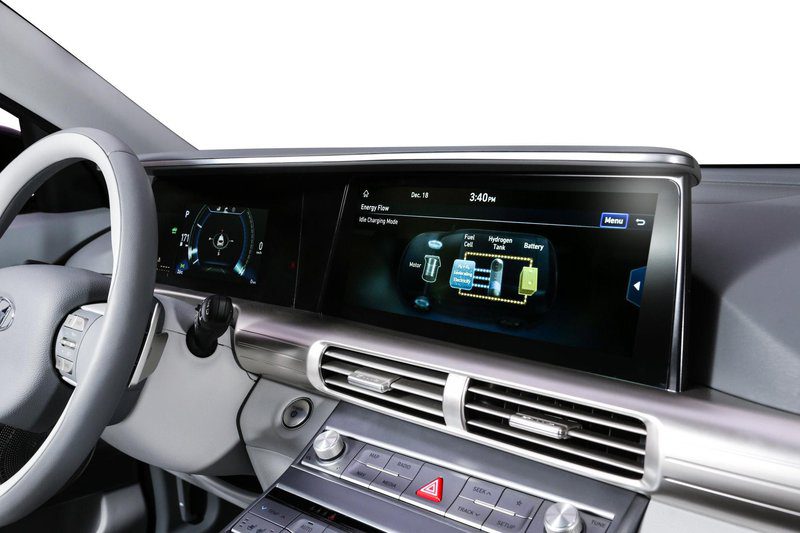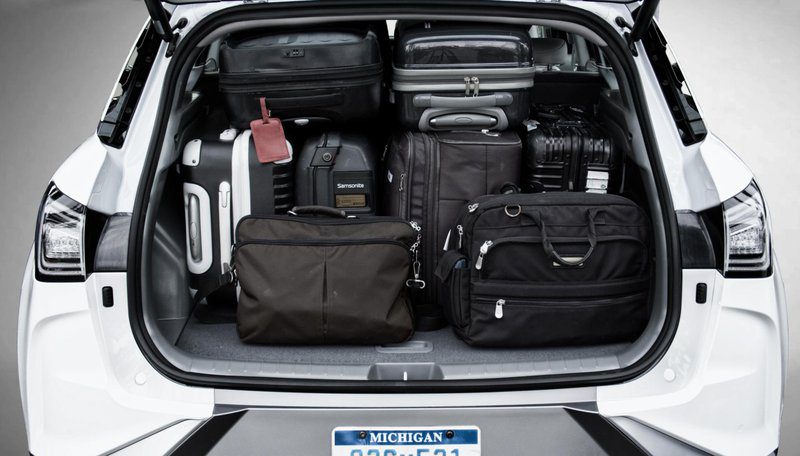
Is the Hyundai Nexo really an everyday car?
Content
From time to time, a new wave of attack on fuel cells breaks out in the automotive industry. Engineers eventually solved problems with understeer, fuel tanks that took up trunk space, and hydrogen evaporation during long stops, as well as problems with driving in sub-zero degrees Celsius, but the biggest problem with hydrogen cars is still very much there. – no charging station. There is none in Slovenia (the one installed by Petrol some time ago has only 350 bar and is currently being maintained due to lack of demand), but it is not much better abroad either: Germany, for example, currently has only 50 pumps where hydrogen is poured. And some are well hidden, and the trip needs to be planned as carefully as military operations.

What is it all about?
An additional hurdle: Potential buyers are often not entirely clear about what a hydrogen fuel cell vehicle is. But the technique is not hard to explain, since a 700 bar hydrogen container is nothing more than a liquid battery. Hydrogen poured into the pump is converted into electricity during a chemical process. Because the Hyundai Nex's fuel tank on the high-performance pump fills up in two and a half to five minutes, the driver can also cancel an unwanted coffee break. During this time, even the temperature at which a cold start is possible has dropped to 30 degrees below zero.

Yet cars such as the Toyota Mirai, Honda F-Cell and Hyundai Nexo can only bury the increasingly advanced battery electric drive. Automakers cannot shatter billions of their designs across all areas of development. Much of the money currently is still being spent on developing gasoline and diesel engines, and a lot of money is also being spent on developing electric powertrains and, of course, related battery technologies. Thus, even the largest fuel cell concerns do not have much money left (at the same time, the reach of battery electric vehicles is rapidly growing and approaching the classic ones). This can also explain the fact that most car manufacturers have abandoned the development of fuel cells, and only a small group of technicians are actually working on them as a parallel technology. Last but not least, Mercedes also lacked the guts to bring to market a version of the mid-range GLC crossover with hydrogen powertrain and plug-in hybrid technology by the end of 2017. Daimler also sees a long-term role for fuel cells in the commercial vehicle space. With their help, electric trucks will be able to travel long distances, even with heavier loads.
The key to a more sustainable society
“Hydrogen is the key to a more sustainable society. With the introduction of fuel cells in the Hyundai ix35 Fuel Cell, Hyundai has already established itself as a leader in fuel cell technology,” said Hyundai Motor Corporation Vice President Dr. Un-cheol Yang. "Nexo is further proof that we are working to reduce global warming with our cutting-edge technologies."

In Hyundai, things really look a little different. The Koreans favor city and intercity buses when developing hydrogen-cell propulsion, but they also provided a smaller dose of ix35 fuel-cell hydrogen in everyday use to a handful of interested customers – many years ago. The Nexo is try number two and got some extra breeze in the rear thanks to the design of the shoe. It also gave it an edge over the Toyota Mirai and Honda F-Cell, which don't appeal to many buyers with their sedan bodystyle (and they're not yet classic beauty in terms of design). The Hyundai Nexo, on the other hand, looks like a perfectly normal crossover with room for four or five passengers.

Inside, a wide LCD screen acts like a dashboard, reaching all the way to the front passenger. A little less organized is the too wide central ledge with all possible control modules, which are not at all transparent. Although this is the car of the future, the old automotive world is still all too present in it, indicating that the Nexo is aimed primarily at the American market. There's as much room inside as you'd expect from a 4,70-metre-long crossover - there's always room for four people. The trunk under the electric doors is more than sufficient - 839 liters. Restrictions due to explosion-proof hydrogen containers? There isn't one.
Electric heart
The heart of the Nex is under the hood. Where you would normally expect a high torque turbo diesel engine or similar turbocharged gasoline engine, something similar is installed, but in the form of an electric motor, supplied with the necessary electricity from a fuel cell. The engine develops a power of 120 kilowatts and a maximum torque of 395 Newton meters, which is enough to accelerate in 9,2 seconds to 100 kilometers per hour and a top speed of 179 kilometers per hour. Powertrain performance with impressive efficiency of over 60 percent is provided by the 95 kilowatt fuel cells and the 40 kilowatt battery. Those interested in a car that will be available in Europe in the summer should be much more interested in its capabilities.

It can definitely be described as an exuberance in the new Hyundai Nex. For one refueling of three carbon fiber containers installed at the bottom, the Korean "drinks" 6,3 kilograms of hydrogen, which, according to the WLTP standard, gives him a range of 600 kilometers. Better yet, charging from a hydrogen pump takes two and a half to five minutes.
Like a normal crossover
The Nexo performs as well as any regular crossover in everyday driving. It can be alive, if desired, also fast, and at the same time, despite all the dynamics, it releases only the purest water vapor into the air. We never hear the engine and quickly get used to the slightly wobbly steering wheel and brakes. Much more surprising is the low noise level and the fact that the 395 Nm engine boldly accelerates to any speed before the light crossover. Passengers sit comfortably and the 12,3-inch screen adds a genuine premium feel to the SUV, which will only be available with front-wheel drive due to the large under-floor fuel tanks. But if hydrogen pumps are in short supply, consumer demand can be very low. Price can help too. When the Nexo goes on sale in Europe in August, it will be cheaper than its predecessor, the ix35, but will still cost € 60.000, which will need to be taken into account by environmentally conscious customers. A lot of money for all kinds of high tech and great standard equipment.

Nexo will not only offer very good navigation and electrically heated seats, but also an excellent sound system and a package of assistance systems that will eclipse previously known systems. On the highway, it can easily move at 145 kilometers per hour for a good minute, with the driver not reaching for the steering wheel, although the steering wheel movements seem a little rough at times.
Charging problems
But problems with charging, despite the daily availability of the car, have not yet been resolved: as we have already noted, there are not enough charging stations. Se Hoon Kim, Head of Development at Hyundai Nexo, is well aware of this: “We only have 11 pumps in Korea, and half of them are experimental. To be able to implement any Nex sales initiative, you need to have at least 80 to 100 pumps in the country. For normal use of hydrogen cars, there should be at least 400 of them.” Ten of them will be enough to start with, and a few hundred in Germany as well as in Korea.

So let's wait to see if Hyundai can hit the stock car market with the Nex. The Hyundai ix30 fuel cell was only produced 200 units per year, and Nexo's sales are expected to grow to several thousand per year.
Waste Management
And what will eventually happen to the fuel cells that generate electricity while running on hydrogen? “The fuel cells in the Hyundai ix35 have a lifespan of five years,” explains Sae Hoon Kim, “and in the Nex they last 5.000-160.000 hours, or ten years. Then they will have reduced power and can be used for other purposes or recycled, which I also support.” The Hyundai Nexo will be offered with a ten-year warranty or up to XNUMX kilometers.
